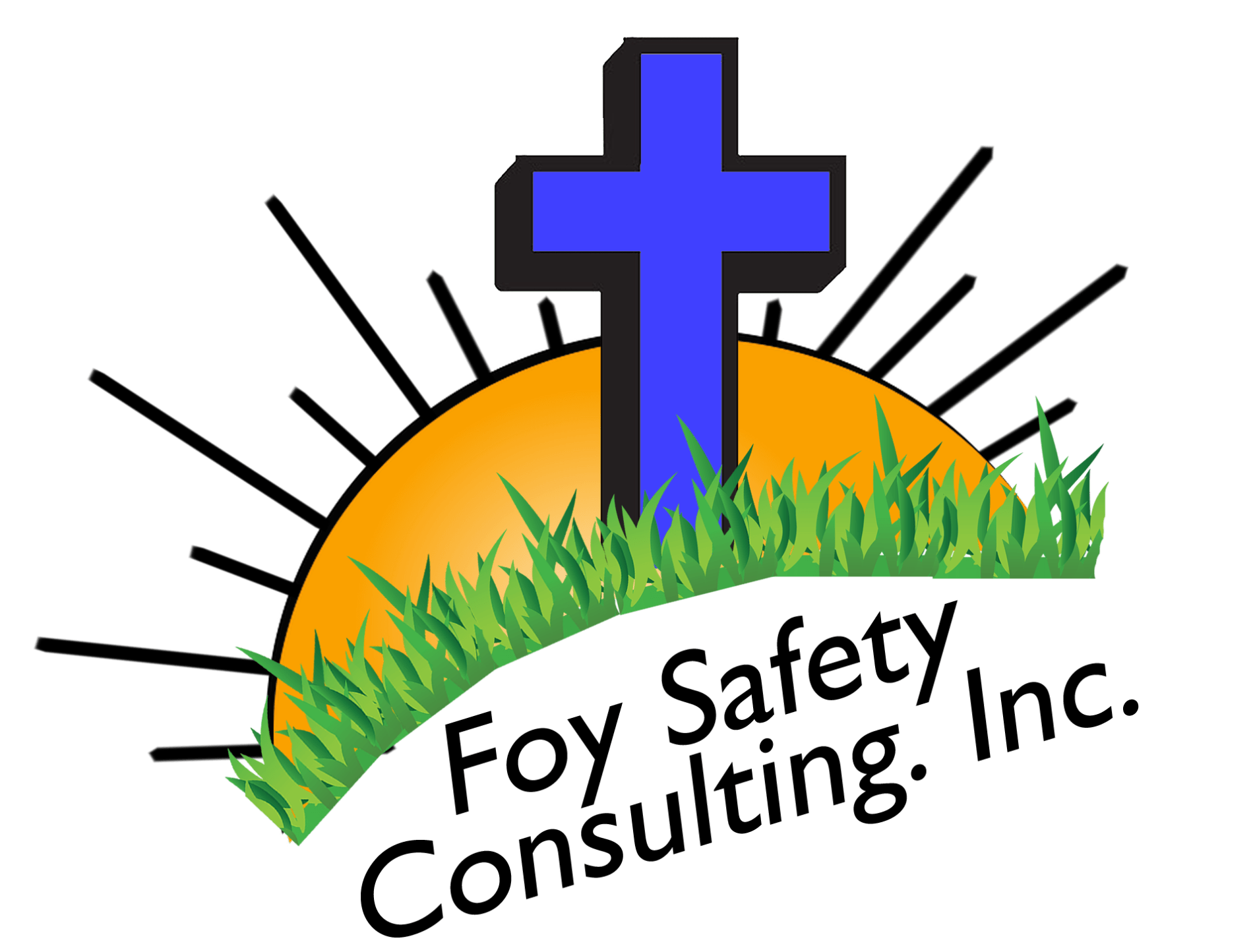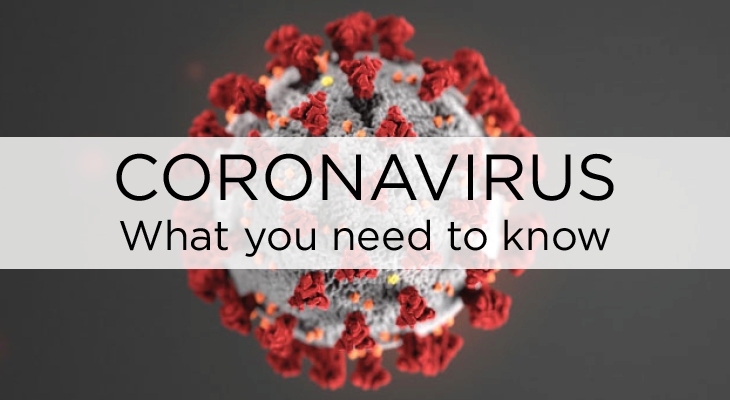Why is this Important?
We are in unchartered territory with the response to this pandemic of COVID-19, also referred to as coronavirus, sweeping the world right now.
While activities are being cancelled, people are practicing “social distancing” of at least 6 feet, and parts of the world are on lock-down, many employers are having employees telework from home, if that is possible. For some, it isn’t an option.
Let’s talk about what it is, how serious it is, and how to minimize transmission.
What is it?
In a brief summary, the coronavirus, labeled COVID-19, causes mild to severe respiratory illness, fever, cough, and shortness of breath. The breakouts originally began in Wuhan, China, and it has been spreading to other countries, including the US, causing a worldwide pandemic.
The novel (new) virus likely began with zoonotic (i.e. animal) origins, but then mutated to infect a human, becoming one of seven types of human coronaviruses. This means that it is able to be hosted by humans and be transmitted from human to human.
The symptoms range from mild to severe and has caused death in many instances. The most vulnerable populations tend to be the elderly and the otherwise immune-compromised.
How Does it Spread?
The virus can spread between people through coughing or sneezing by an infected person. Those droplets make their way to the lungs of the uninfected through the mouth, nose, eyes, and possibly the ears. Touching surfaces with the virus and then touching their face, eyes, mouth, and nose may also spread the virus, but it is unclear at this time.
What makes this more dangerous is symptoms may not begin occurring for 2 to 14 days after exposure to the virus. Infected people could be going about their daily business unknowingly exposing others to the virus.
Who is At Risk for Exposure?
Traveling outside the country has been the main exposure risk, but now that it has gotten into the country, there is more community spread. It is infecting people who haven’t been outside the country, and they really don’t know where the exposure happened.
Some job sectors may have increased risk of exposure more than others. Workers with increased risk include
- Healthcare (including pre-hospital and medical transport workers, healthcare providers, clinical laboratory personnel, and support staff).
- Deathcare (including coroners, medical examiners, and funeral directors).
- Airline operations.
- Waste management.
- Travel to areas, including parts of China, where the virus began spreading.
In order to be vigilant to protect employees from potential exposure, employers should consider their environments and whether workers could encounter someone infected with COVID-19 in their regular duties. This includes potential materials possibly contaminated with the virus (lab samples, waste, etc).
Identifying sick employees with symptoms or history of travel to an affected COVID-19 area also helps with potential exposure to other employees and mitigate risk.
How to Minimize Risk?
Protecting employees is of the utmost importance as they are vital to keeping businesses going. Measures to protect employees may depend on their environment, the type of work being performed, and the exposure risk.
For general non-healthcare settings, using safe practices, personal protective equipment (PPE), and administrative controls can limit exposure risk. We have all been hearing about how important it is to wash hands frequently, and that is just one of the practices to limit risks.
Other good practices include:
- When soap and running water are unavailable, use an alcohol-based hand rub with at least 60% alcohol. Always wash hands that are visibly soiled.
- Avoid touching your eyes, nose, or mouth with unwashed hands.
- Avoid close contact with people who are sick.
Employers who may have workers with more potential to have occupational exposure to COVID-19 will need to evaluate the risk of exposure, and implement practices and controls to prevent exposure. These could include a combination of engineering and administrative controls, safe work practices, and PPE.
For more information, please check out information from OSHA (https://www.osha.gov/SLTC/covid-19/index.html) and the CDC (https://www.cdc.gov/coronavirus/2019-ncov/index.html).
With maintaining safe practices and physical distancing, we can get through this together!


